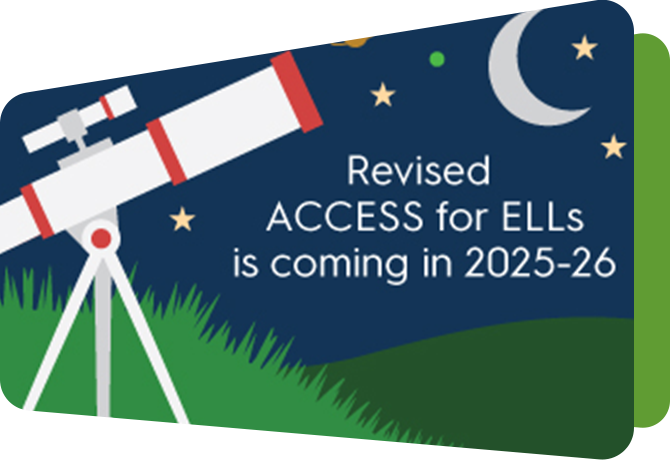Four Tips for Teaching Reading in Content Areas

By Hetal Ascher
Whether it’s creating an equation from a word problem in math or reading about ecosystems in a biology textbook, reading plays a role in content areas. However, the way we expect students to use reading in each content area can look very different, and those differences matter.
To support multilingual learners with content-area reading, here are four tips for educators to build reading comprehension into everyday content instruction.
Explore the Broader Purpose and Organization of a Text
Readers need to understand how texts are organized and how that organization serves a purpose. This is important for reading comprehension because it helps readers understand how different ideas are connected throughout the text.
For example, the purpose of a mathematical text might be to explain a concept using logical proofs and equations, while the purpose of a literary text might be to persuade an audience using anecdotes and symbolism. These ways of using texts are specific to each content area, so for multilingual readers, these norms are not always visible.
- Watch the Examining Biographies video to see how Sarah teaches her second-grade multilingual learners the purpose and organization of biographies prior to reading one.
- View pages 219-233 in the WIDA English Language Development (ELD) Standards Framework, 2020 Edition, to see different ways texts are used in the content areas.
Build on Students’ Existing Literacy Skills
Multilingual learners come to the classroom with experiences from their homes, communities and cultures that can support the development of school literacy skills.
Hali, a WIDA Dassler intern and multilingual learner, shared her home literacy experiences with us. She explained that her Somali cultural traditions of storytelling and poetry contributed to her academic success. She spoke about her deep interest in history and described how she would go home and retell what she learned in class to her family members, an act that reinforced her learning and connected school content to her everyday life.
Here are two ways you can learn about your students’ home literacy experiences:
- Do a literacy mapping activity.
- Conduct an empathy interview.
Engage Students in Text-Based Discussions
Reading is so much more than being able to answer comprehension questions. It is an active, ongoing process where learners make sense of text. When students are provided with opportunities to talk about texts, it allows them to process the information and make meaning from what they are reading.
- Watch co-teachers Carmen and April set up a paired discussion for their third-graders to discuss a text in the Engaging Students in Text-Based Discussions video.
- Use the Reading Observation Tool to collect information on student engagement.
Promote Strategic Reading
Multilingual learners benefit from reading strategy instruction and practice that builds on their existing language skills and knowledge (Duke & Cartwright, 2021). Strategic readers can recognize when their comprehension breaks down and apply strategies to repair their understanding. These strategies, sometimes called fix-up strategies, might include re-reading the text more slowly, revisiting headings or topic sentences or asking clarifying questions. For multilingual learners, fix-up strategies may also involve checking the translation of key words or phrases or discussing the text with a partner using their home language.
Teachers can support this development by modeling strategies through think-alouds, which make their own reading processes visible and accessible to students.
Dive Deeper!
Visit the WIDA Self-Paced Workshop Reading Comprehension Across Content Areas With Multilingual Learners. This course includes videos of real classrooms at elementary and secondary grades. It also includes more tools and strategies for building students’ reading comprehension across content areas.
About the Author
Hetal Ascher is a professional learning specialist at WIDA. She has over ten years of experience serving multilingual learners in various capacities, including as an English language teacher and program coordinator. Hetal’s research and work focuses on multilingual learners’ literacy development.
References
Duke, N. K., & Cartwright, K. B. (2021). The science of reading progresses: Communicating advances beyond the simple view of reading. Reading Research Quarterly, 56(S1), S25-S44.
Grabe, W., & Yamashita, J. (2022). Reading in a second language: Moving from theory to practice (2nd ed.). Cambridge University Press. https://doi.org/10.1017/9781108878944





